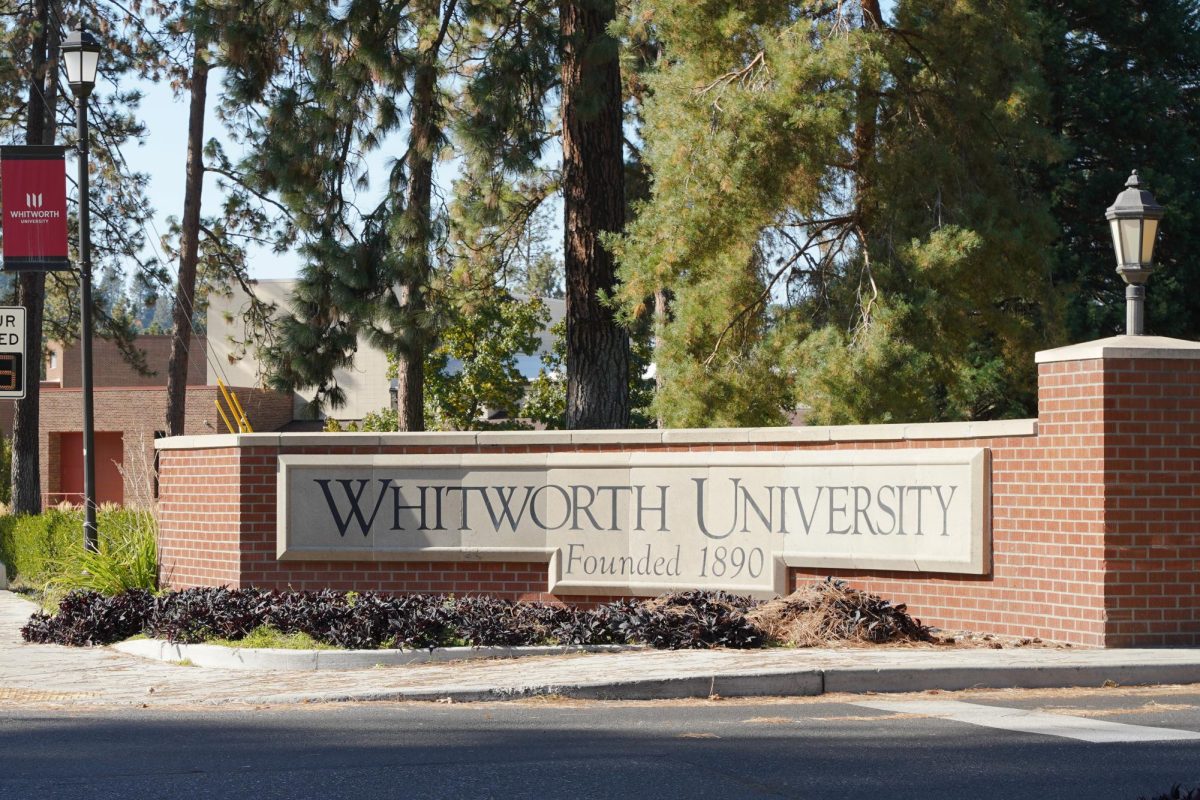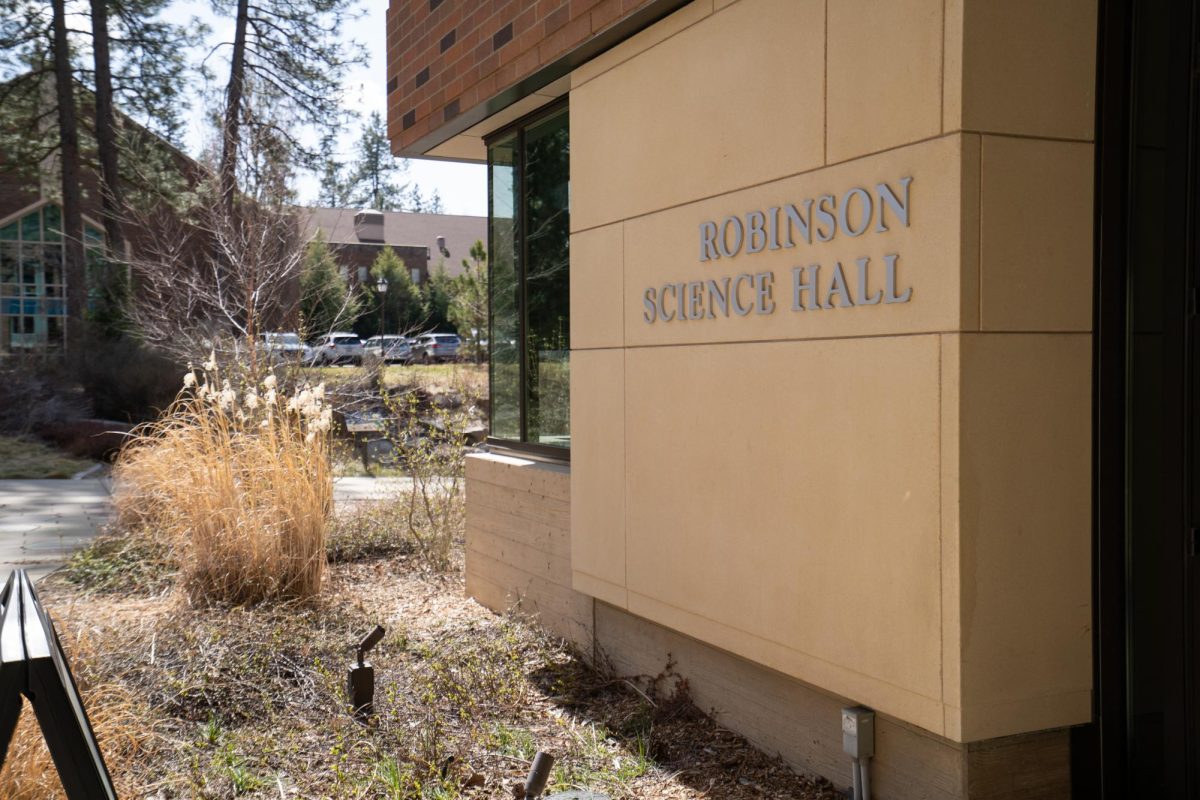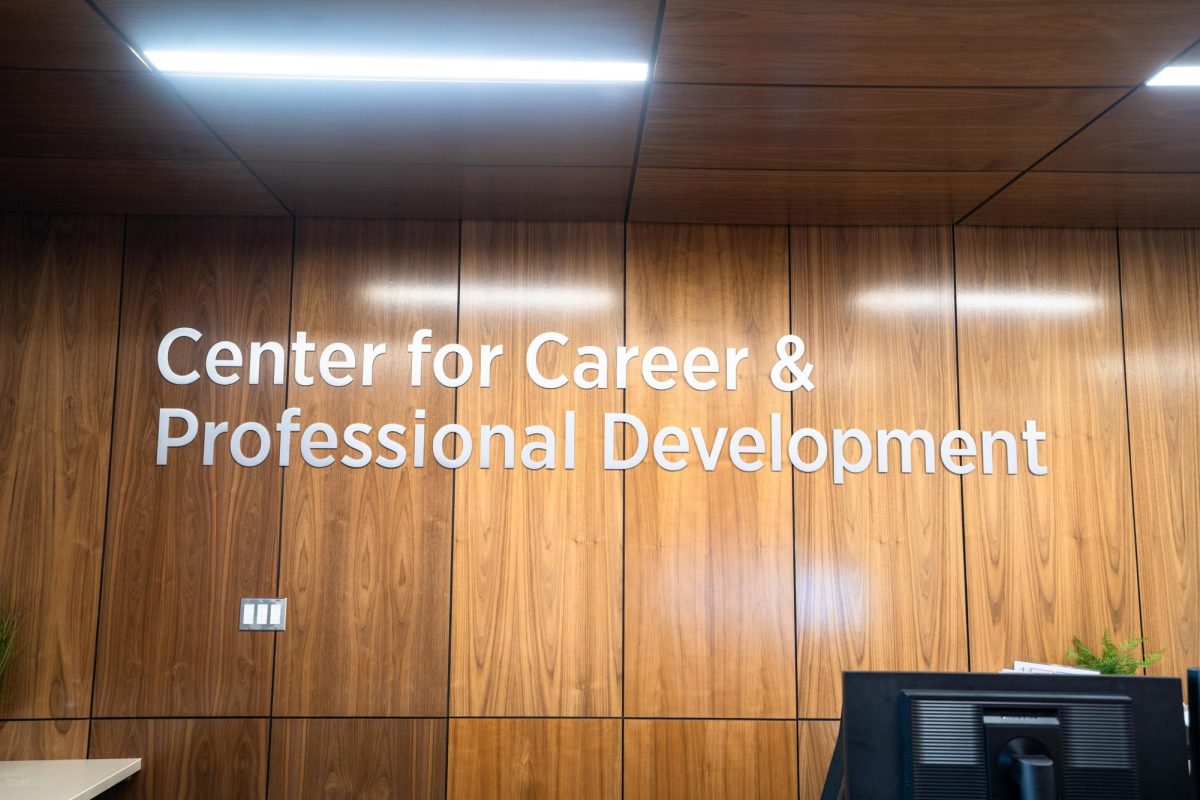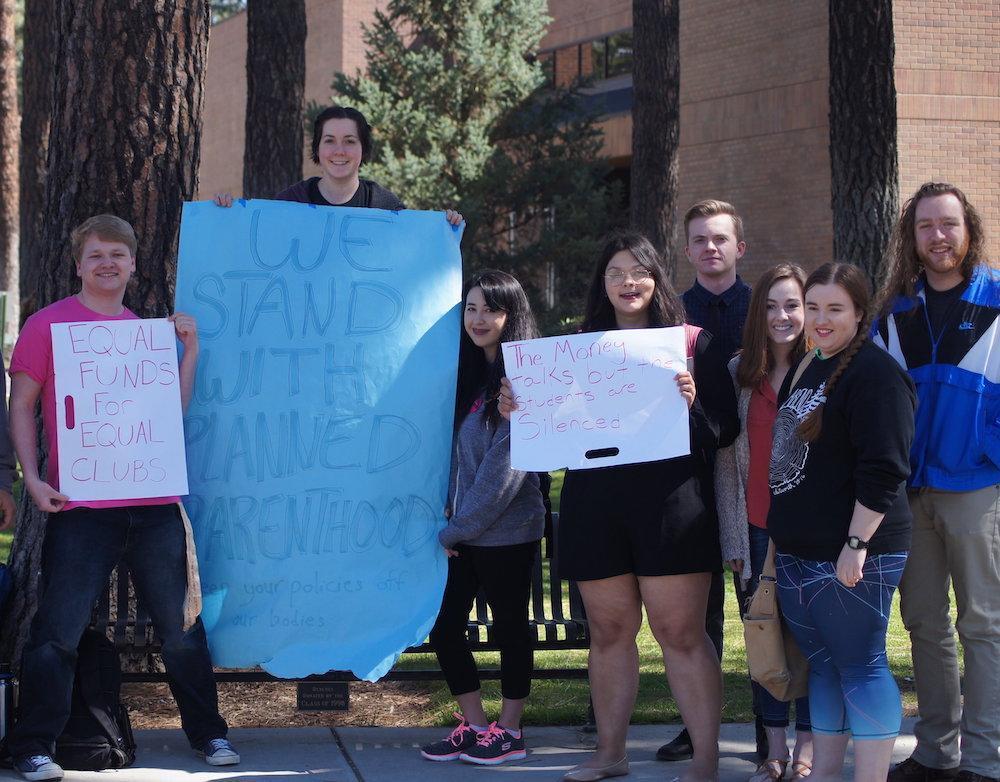by Hayley O’Brien|Arts & Culture Editor
Tuition at Whitworth University increases each year. However, the scholarship amount promised to students their freshman year remains the same, creating a gap between what students must pay and what is covered by financial aid.
Without scholarships covering as much tuition each year as the previous years, students and their families pay about $1,500 more each year in costs not necessarily taken into account when first determining the net price of attendance over four years.
“Students really make decisions, mostly, surprisingly not entirely, but mostly, on the net price,” said Greg Orwig, vice president for admissions and financial aid.
Students who entered Whitworth in 2013 and received a Legacy merit scholarship of $12,500, the lowest rung of merit scholarship offered at the time, received the same amount of scholarship each year since, according to the financial aid office.
In order to attract students to Whitworth despite increased cost, the financial aid and admissions offices increased the amount of aid given to incoming students, Orwig said.
“We’re always trying to calibrate both the tuition increases and the amount of aid that we offer to still be accessible to a range of students who want to come to Whitworth,” Orwig said. “But we need to capture enough tuition revenue after financial aid to run the university well. It’s the hardest thing people in my office do.”
Students awarded the Legacy scholarship who started Whitworth in 2016 received $16,000 each year, according to the financial aid office—$3,500 more than the students who started Whitworth in 2013.
With tuition increasing and scholarships locked in at the rate received when beginning school, the gap between price of tuition and fees and the amount covered by student’s merit scholarships is widening.
A student who received a merit scholarship in 2013 had to find other ways to cover a $4,550 increase in tuition and fees over four years.
“The thing that we know is the case is that most students move off campus for their junior and senior year and save enough that it offsets a big chunk if not most or all of the cost increases,” Orwig said. “That helps us feel like there is a path for families who really are on a fixed amount they can afford to get through Whitworth.”
However, a significant chunk of Whitworth costs is covered by the money collected from yearly tuition increases that are not covered by financial aid.
The tuition revenue that comes from tuition increases paid by sophomores, juniors and seniors that are not offset by increased financial aid is about $4 million per year, Orwig said.
To put the number into perspective, $4 million would fund about 40 professors or the entire student life operation including all resident directors, student leaders, the Dornsife Center for Community Engagement, health center, career services and security, Orwig said.
Some students said they think the approximate cost of tuition with financial aid over four years should be more clear.
“It would be helpful if there was a chart saying, ‘This is what you will most likely pay over the next four years’ that takes the increase into account,” junior Daniel Robbins said.
One student suggested Whitworth includes its history of tuition increases with the financial aid pamphlets.
“When students come to “Why Whitworth” days there should be something about the tuition increases included in the papers they give us,” sophomore Devan McAllister said.
To address the increasing gap between scholarship and tuition, a few universities, including Baylor University in Texas, have begun “Guaranteed Tuition” payment options through which students can lock-in a four-year tuition rate slightly higher than the current tuition rate so there is a guaranteed set cost of tuition over four years.
By guaranteeing tuition prices, families can more easily determine the overall cost of tuition and fees over four years.
The guaranteed tuition rate at Baylor University this year is $1,500 more than the regular tuition rate. Students who pay the guaranteed tuition are then able to calculate the net price of their university experience without guessing at or being blindsided by tuition increases.
“I don’t think it’s intentionally deceptive [at Whitworth] but I think it can be more clear,” Robbins said.
Baylor University projects undergraduates who opt in to the guaranteed tuition rate will save between $2,000 and $3,000 over the four-year enrollment period, according to its website.
Whitworth has begun to look into an opt-in system, after determining whether a guaranteed tuition for all students is unsustainable, Orwig said.
“I’ve had one conversation with Baylor about [opt-in guaranteed tuition] and it’s intriguing,” Orwig said.
Merit scholarships are not the only financial aid award that does not change with tuition increases.
Whitworth department scholarship amounts have stayed the same for at least the past 10 years, Orwig said.
Each department is given a certain amount of scholarship funds based on its department size for sophomores (each $750), juniors (each $1,000) and seniors (each $1,200), scholarship coordinator Jennifer Keen said.
Departmental scholarships split to cover two semesters do not cover as much tuition as they did 10 years ago, however raising the amount of department scholarships is not a priority of the financial aid department.
“We have to be really choosy about how we raise financial aid,” Orwig said. “Financial aid that is recognizing achievement but not increasing retention is a harder choice to make.”
For that reason, scholarships such as the merit-based awards for incoming freshmen are often given a larger budget than those offered for students in their sophomore, junior and senior years.
hobrien17@my.whitworth.edu












stephenrowan15@gmail.com • Jan 24, 2017 at 8:42 am
Pleasant to visit your site page once more, it has been months for me. Well this article i have been sat tight for so long. I require this piece to finish my task in school, and it has same theme with your piece. Much appreciated, incredible offer… Feel free to surf http://rospher.com/ for dissertation papers.